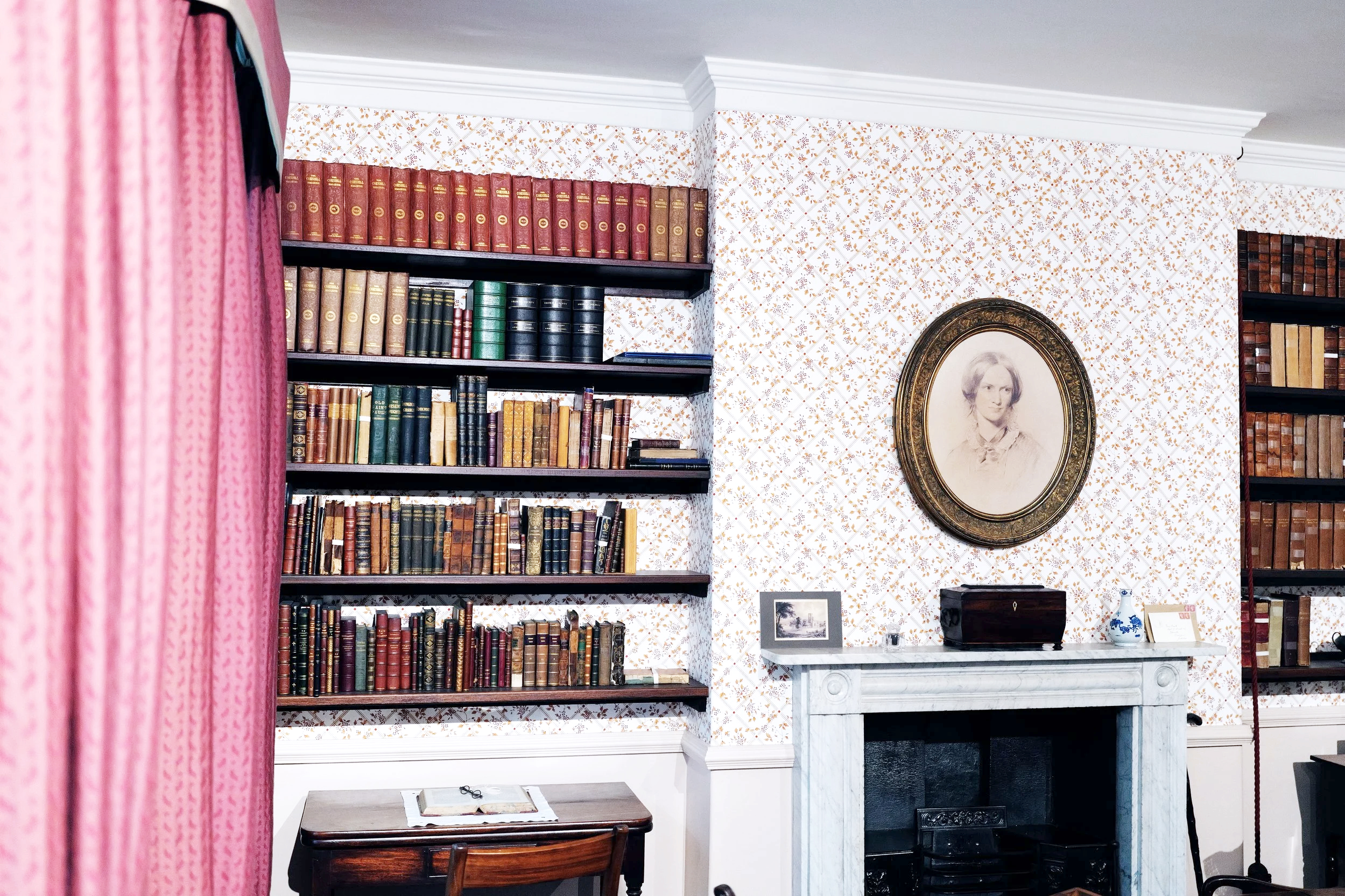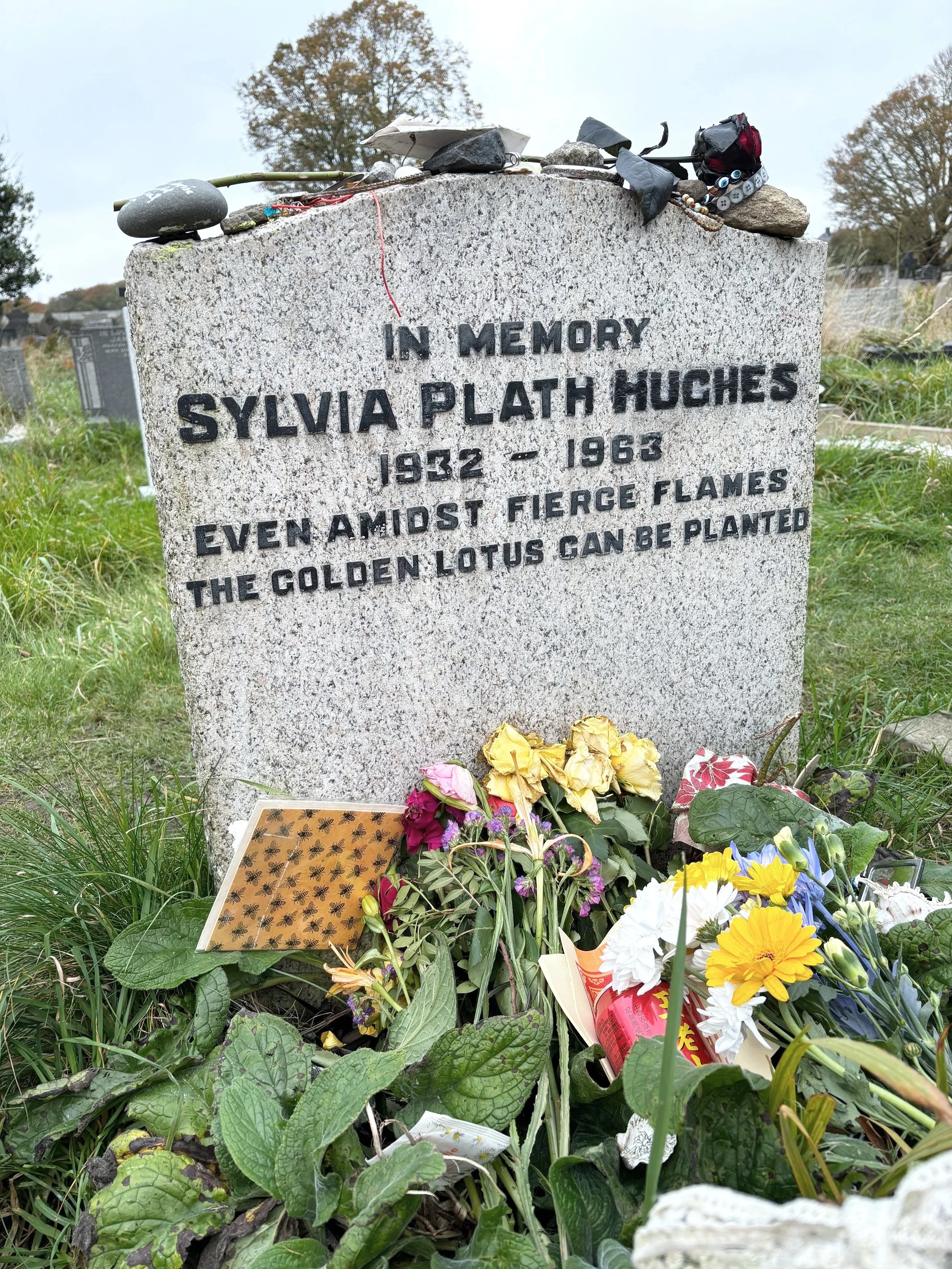Not a Big Thing in Hebden Bridge
I have just returned home from a three-week visit to the small town of Hebden Bridge, 28 miles north of Manchester. It's often marketed as the lesbian capital of the United Kingdom, so naturally, I went there to find out more.
I approach my project from the gut. This means I do no research beforehand; I just show up and see what happens. In 99 percent of cases, I meet someone in a place where lesbians usually gather and start with some small talk. If there's a connection, I ask if they want to be part of my project. Only then do we schedule a meeting for an interview. I have found this working method to be extremely stimulating, but I now realize I adopted it just in the nick of time.
The story goes that lesbians started to arrive here in the 1970s. The cotton mills had closed, the workers had left, so the town had plenty of empty houses. First came the hippies and the green movement. They created an open-minded environment.
At first, I thought lesbians chose the place because of the strong history of brilliant feminists. In an area of a few miles, you have the Brontë sisters, Mary Wollstonecraft, Emmeline Pankhurst, Anne Lister (not sure she was a feminist but she lived like a man), and Sylvia Plath. But it had nothing to do with them.
Lesbians came mostly because of two reasons. The hippies had paved the way for an open-minded environment, making it easier for the lesbians to move in and raise families of their own. However, the main reason was cheap rent.
This mural in Halifax depicts Anne Lister (1791-1840), probably one of the most famous lesbians in the area. The depiction is based on the actress Suranne Jones from the series Gentleman Jack.
The first week, I was a whirlwind, talking to everyone and everything like a hyperactive Duracell bunny. But I felt the enthusiasm was not mutual, and I couldn't understand why. Perhaps it was tourist fatigue; Hebden Bridge is a well-known tourist destination and famous as a filming location for shows like Gentleman Jack and Happy Valley.
Was I boring, or was it the tougher, more introverted Yorkshire mentality? Whatever the reason, the small talk I live for simply faded away. Unfortunately, the meetings began to feel strikingly similar to transactions—the one thing I can't stand.
The lesbians were surprisingly invisible. When I finally saw them, I acted the way I do when I see a celebrity: I see them, but I try to make sure they don't notice me looking. Don't ask me why. The best way I can explain it is that I became like a mushroom, using its fine mycelium to communicate underground with everything growing nearby. I think I picked up on an aura from the lesbians that breathed: "Do not disturb us—we are just living our lives."
Eight miles from Hebden Bridge, you can enter this room in the Brontë sisters' home in Haworth, where the three brilliant sisters wrote some of English literature's most powerful female portraits.
While I respected their reserved demeanor, I also became deeply provoked. I found myself thinking: "So lesbians take over an entire historic town, shatter a glass ceiling, and successfully market it as a tourist attraction, but once you get here, nobody wants to talk about it?" I felt like I was watching the Emperor’s New Clothes play out in real time.
The turning point—my salvation—came when I met R. She is one of the lesbians who, as she so beautifully put it with a smile, moved to Hebden Bridge to die. She had lived in the heterosexual world her whole life and now wanted to live in a place where she was the norm. She took the time to translate the secret code written on every stone in town.
"Yes, this is the lesbian capital, and do you know why?" (For the record, she prefers the word queer to lesbian.) No, I said. Tell me! "Hebden Bridge is the only place where I am a completely ordinary person. On my street, one-third of the households are lesbian. I don't even think about being queer. I just am!" And then she said the words I heard repeatedly during my stay: "It's not a big thing!"
Of all the places in the world, Sylvia Plath's grave is just up the hill in Heptonstall. In the early 1900s, suffragettes were seen protesting for women's votes in the same village, some of them dressed in top hats.
Every time I heard those words, I felt just as provoked. NOT A BIG THING!? To me, that's like saying, "In the next village over, men give birth, but we don't talk about it because it's no big deal." From my perspective, these women are challenging an ancient power structure we call the patriarchy. These women building families outside the traditional norm ought to be of interest to every researcher in the world. This is historic!
Now, I'm back home, trying to tie up all these loose ends. A book has to be written. Even though small talk feels threatened, the world is shrinking, and office landscapes are eating up our public spaces, I sit here with hope in my heart. Because across the Pink Roads of Austria, France, Spain, Greece, Germany, Denmark, Sweden, the United Kingdom, Hungary, and Italy, I found women and non-binaries who said yes to my gut-led method. They did not know me, yet they agreed to be part of my project. They opened up their gut to communicate with mine, and that is an incredibly beautiful message of hope.
This project is absolutely the hardest thing I have ever done. I have always written in Swedish. Now, I am throwing myself into a wilderness where I don't have the same grasp of the linguistic nuances. But what if this way of the gut is the queer way? What if it is exactly these unpolished conversations between people, few of whom have English as their first language, that show life in its myriad of forms and possibilities? What if it is there, in the gut, that life plants its dandelions?
On October 10, 1903, the suffragettes held their first meeting in this room at Emmeline Pankhurst's home in Manchester, where the ideas for radical methods in the fight for women's suffrage were conceived.
SUPPORT MY WORK? BUY ME A COFFE!




